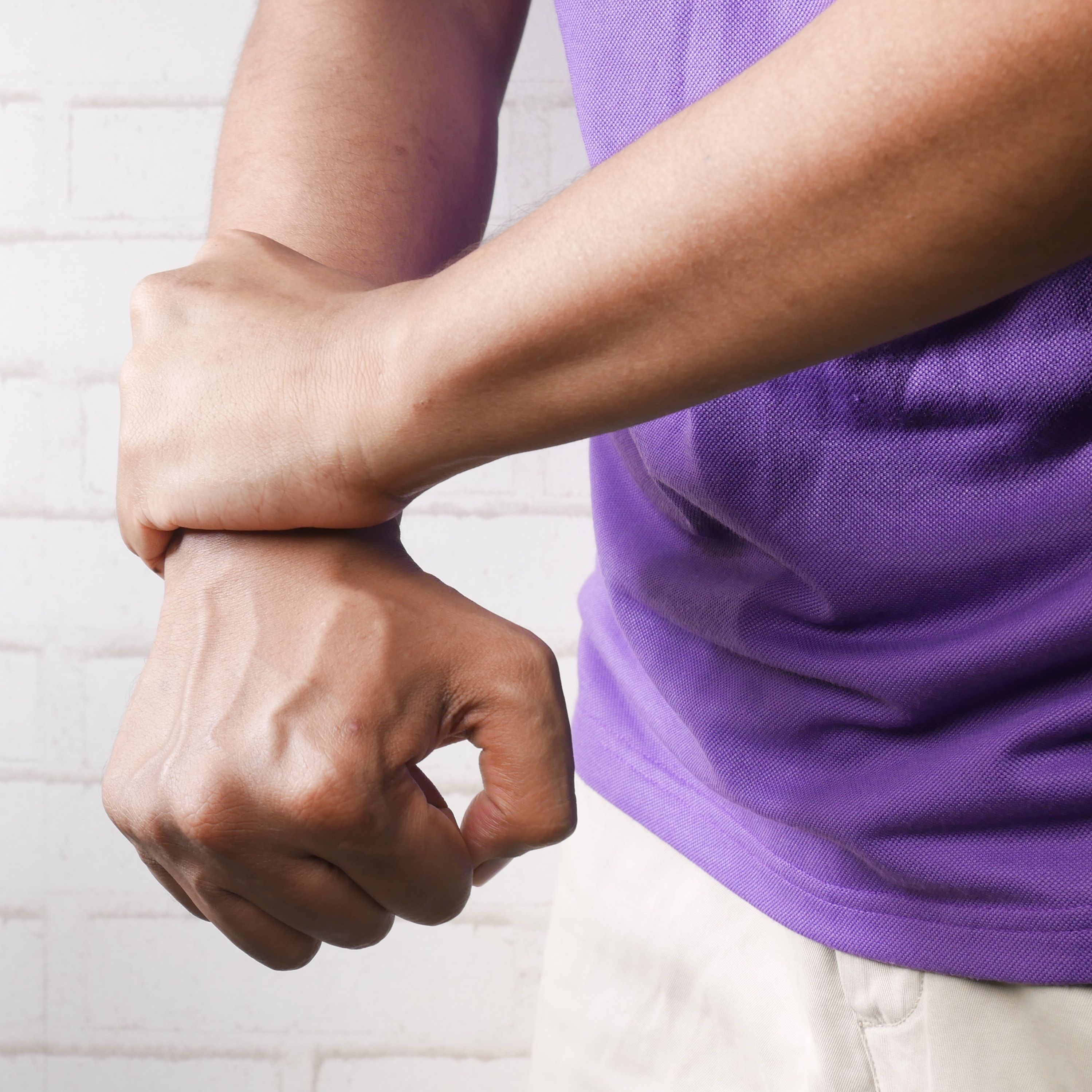News
Article
IL-17A Inhibition Shown to be Superior for Biologic-Naïve Psoriatic Arthritis Patients
Author(s):
Despite these conclusions, this meta-analysis also showed that those receiving PDE4 inhibitors were the least likely to report adverse events.

Interleukin (IL)-17Ai may be considered to be superior as an option for treatment of psoriatic arthritis (PsA) patients who are biologic-naïve and require such therapy, according to a new systematic analysis of different biologics for PsA patients.1
These findings were the conclusion of a new study that systematically compared different biologics safety as well as efficacy. Specifically, the investigators looked at IL inhibitors, tumor necrosis factor inhibitors (TNFi), Janus kinase inhibitors (JAKi), and phosphodiesterase-4 inhibitors (PDE4i).
This research was led by Jixia Lin, from the department of rheumatism and immunology at Ningbo No.6 Hospital in Zhejiang, China. Lin and colleagues noted that despite recent meta-analyses conducted to evaluate different biologics for PsA, there are few comprehensive comparisons within broad categories of biologics and updated analyses were suggested to help guide PsA treatment.2
“This latest study aimed to systematically evaluate and compare the efficacy and safety of biologics [TNFi, IL inhibitors, PDE4i, and JAKi] for biological-naïve patients with PsA via a systematic review and network meta-analysis,” Lin and colleagues wrote.
Background and Methods
The research team included studies in their network meta-anlysis which looked at participants who were biological-naïve and had PsA, and those with interventions including inhibitors of IL-17A (secukinumab, ixekizumab, bimekizumab), TNF (etanercept, adalimumab, certolizumab, golimumab, infliximab), IL-12/23 (ustekinumab), PDE4 such as apremilast, and JAK such as upadacitinib.
In addition to those inclusion criteria, the investigators also looked at studies were head-to-head active comparisons and looked at outcomes that were evaluated which included functional endpoints (HAQ-DI change, ∆ HAQ-DI ≥ 0.35), composite index endpoints (ACR 50 + PASI 100), musculoskeletal endpoints (ACR 20/50/70, resolution of enthesitis assessed by SPARCC and LEI, resolution of dactylitis evaluated by LDI-Basic), endpoints of arthritis activity (DAS), adverse events (AEs), skin endpoints (PASI 90, PASI 100, PASI), and drug retention. The study designs would also have to be randomized controlled trials (RCTs) and cohort studies.
The research team’s search for eligible trials included Web of Science, PubMed, Embase, and Cochrane Library and the search was carried up to March 2023. The team included head-to-head active comparison studies, and they did not include placebo-controlled studies without active biologic comparators.
The investigators added that their quality assessments implemented the Jadad scale and Newcastle-Ottawa scale (NOS).
Findings
Overall, the investigators’ systematic review and network meta-analysis involved an assessment of 17 studies that had looked into various types of biologics. They reported that TNFi was shown to have a lower rate of achieving ACR 20 response as opposed to IL-17Ai.
The team also noted that JAKi showed the highest likelihood of ACR 20 achievement, with 50.25%, and ACR 50 achievement with 83.03%. They added that the JAKi arm was shown to have a higher rate of ACR 70 response versus the IL-17Ai arm, while TNFi was found to be less efficacious than JAKi as far as ACR 70 achievement.
Patients using JAKi were most likely to achieve ACR 70 with 97.48%. A higher rate of patients’ resolution in their enthesitis was seen with IL-17Ai compared to TNFi. The research team also showed that there had been a greater likelihood of enthesitis resolution with 82.76%, dactylitis resolution with 58.66%, and substnatial HAQ-DI change with 59.74%, as opposed to TNFi.
IL-17Ai was also shown by the investigators to have a similar impact to TNFi as far as achievement of ∆ HAQ-DI ≥ 0.35. The team also noted that IL-17Ai had resulted in a higher combined ACR 50 and PASI 100 response rate versus TNFi.
The investigators reported that study participants that had been on PDE4i were found to have the lowest rate of AEs, with 41.59%.
“Considering both efficacy and safety, IL-17Ai may be the better option for biological-naïve patients with PsA requiring biological therapy,” they wrote. “Future studies are warranted for validation.”
References
- Lin J, Ren Y. Different biologics for biological-naïve patients with psoriatic arthritis: a systematic review and network meta-analysis. Front Pharmacol. 2024;15:1279525. Published 2024 Mar 13. doi:10.3389/fphar.2024.1279525.
- Migliore A., Gigliucci G., Birra D., Saporito R., Cicerchia L., Massafra U., et al. (2021). Biologics for psoriatic arthritis: network meta-analysis in review. Eur. Rev. Med. Pharmacol. Sci. 25 (18), 5755–5765. 10.26355/eurrev_202109_26793.



